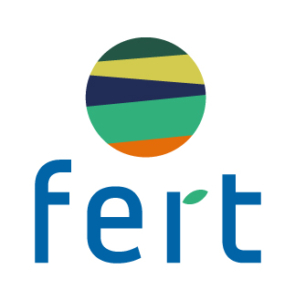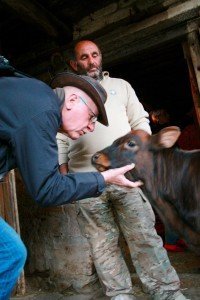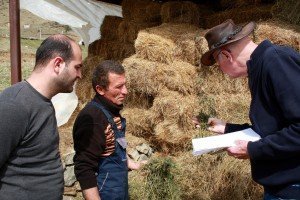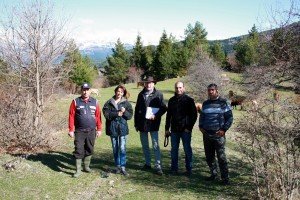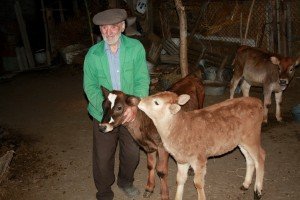From 17 to 23 April 2017, Fert mobilized Gérard Sidot, former director of the BTPL, for his first mission in Georgia. He returns for us on his journey and on this first mission with dairy breeders of the small Caucasus.
Can you introduce yourself quickly?
I worked for 40 years in the French dairy sector, in the BTPL and in the service of cooperatives and farmers who are members of them. I first started as a consulting engineer for over 25 years, which allowed me to get to know the field. Then, in 1995, I became Director, where I was then responsible for leading a team of 20 engineers. During all these years, I also conducted a number of missions abroad, in particular, to support the dairy sector in Tunisia. For 4 years, I am retired … but still passionate about agriculture, and livestock in particular.
You recently went to Georgia, what have you done there?
Fert contacted me to participate in a six-day mission in the Samtskhe Javakheti region of the South Caucasus to accompany their Georgian partner, the GBDC. We therefore conducted this mission jointly, with a good complementarity of skills between the project manager Fert and me.
The objective was twofold: to bring my expertise in the dairy industry to help Fert to take stock after 6 years of actions in the small Caucasus. But it was also a matter of helping to lay the foundations for an extension of the project from 2018 onwards.
To this end, numerous contacts were organized by the GBDC, which accompanied us throughout the week: visits to producers, meetings with processors (breeders or dairies) and other actors: suppliers, health services ‘State…
What did you discover during this mission? What surprised you?
Surprisingly, I discovered in Georgia a rather similar environment of what I had seen on my previous trips to Russia; The conditions did not completely surprise me. Concerning the actions carried out by the GBDC, here too, I found many points in common with the experience that the BTPL coordinated in Tunisia. So if I had three points, I would quote:
- Feeding problems – however crucial in small and medium-sized farms where pedoclimatic conditions are relatively difficult. Feeding the herd is the basis of quality and quantity of dairy production, and the herders are not sufficiently aware of this (some only think of increasing their herd, whereas production per cow is difficult to reach 6 liter per day);
- Issues of milk quality: today, there is no payment to the quality of milk, which is not an incentive for breeders. In addition, there are insufficient quality controls on the part of the State: laws have been established, but there does not seem to be a very rigorous control system in livestock and dairies. However, as I like to say, trust does not exclude control … on the contrary, control is a factor of progress!
- The need to build a chain approach with the various actors; And in particular with farmers’ groups so that small and medium-sized farmers can take their own business! But this first requires that the basic needs of producers be settled, namely, to produce and live from their production.
In your opinion, what are the main challenges for the GBDC and Fert in the coming years for these dairy farmers in the Samtskhe Javakheti region?
Beyond the three points I have just mentioned, I have identified several challenges:
- For the GBDC, it is a matter of strengthening its culture of the figure, by putting in place simple tools of evaluation, to be more professional. If the GBDC wants to convince its current or future partners and sustain its activity with more breeders, it must be able to demonstrate its skills and effectiveness. Simple dashboards can be offered to some breeders to measure the evolutions of their productions and to convince other breeders.
- For Fert, the current reflections focus on the modalities of accompanying the GBDC: how to have a closer relationship with the GBDC team, even remotely? It is necessary to build with them a simple monitoring and reporting system and to have regular exchanges beyond the monitoring missions.
